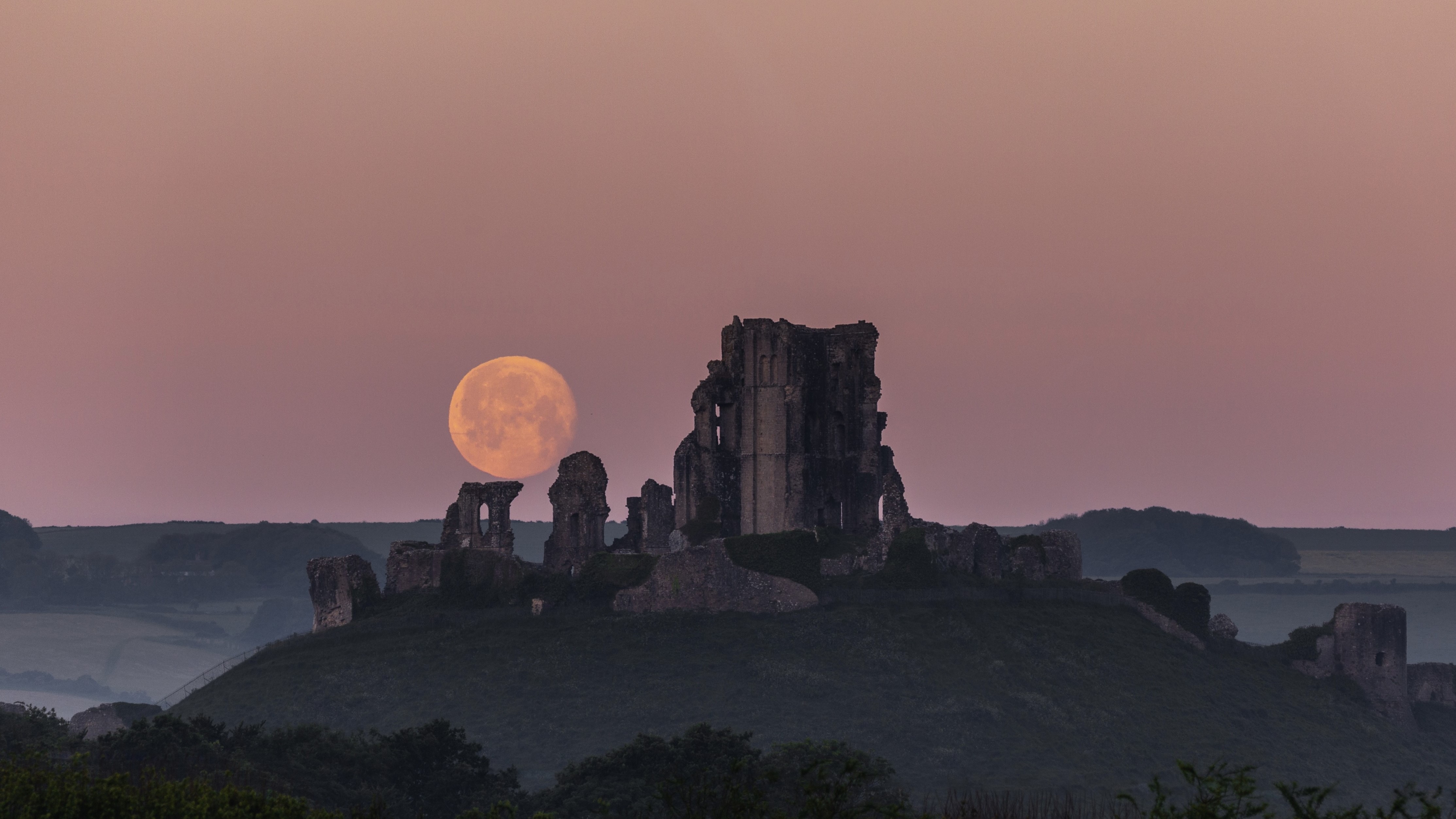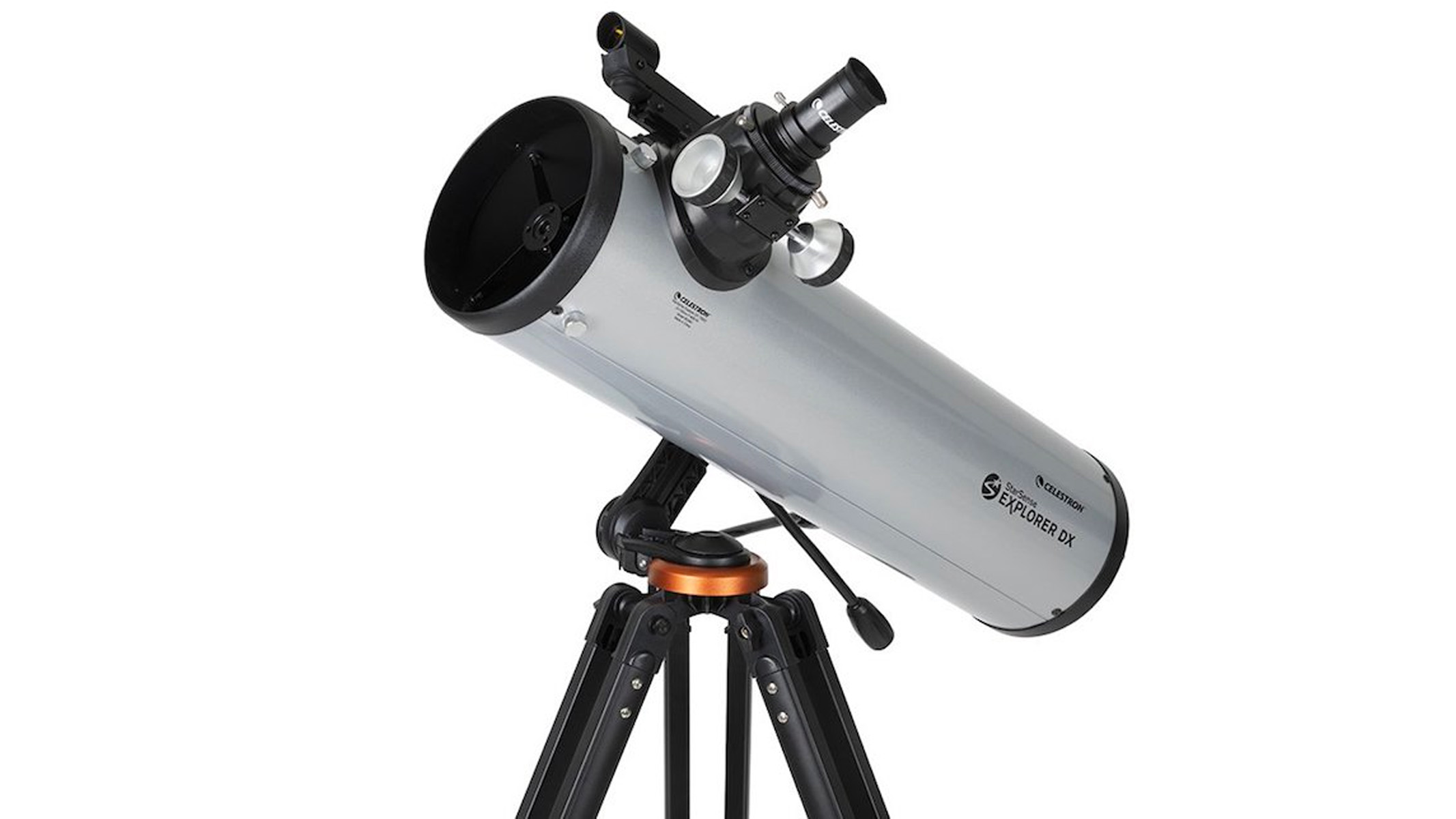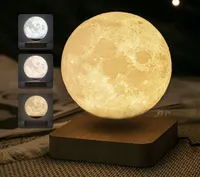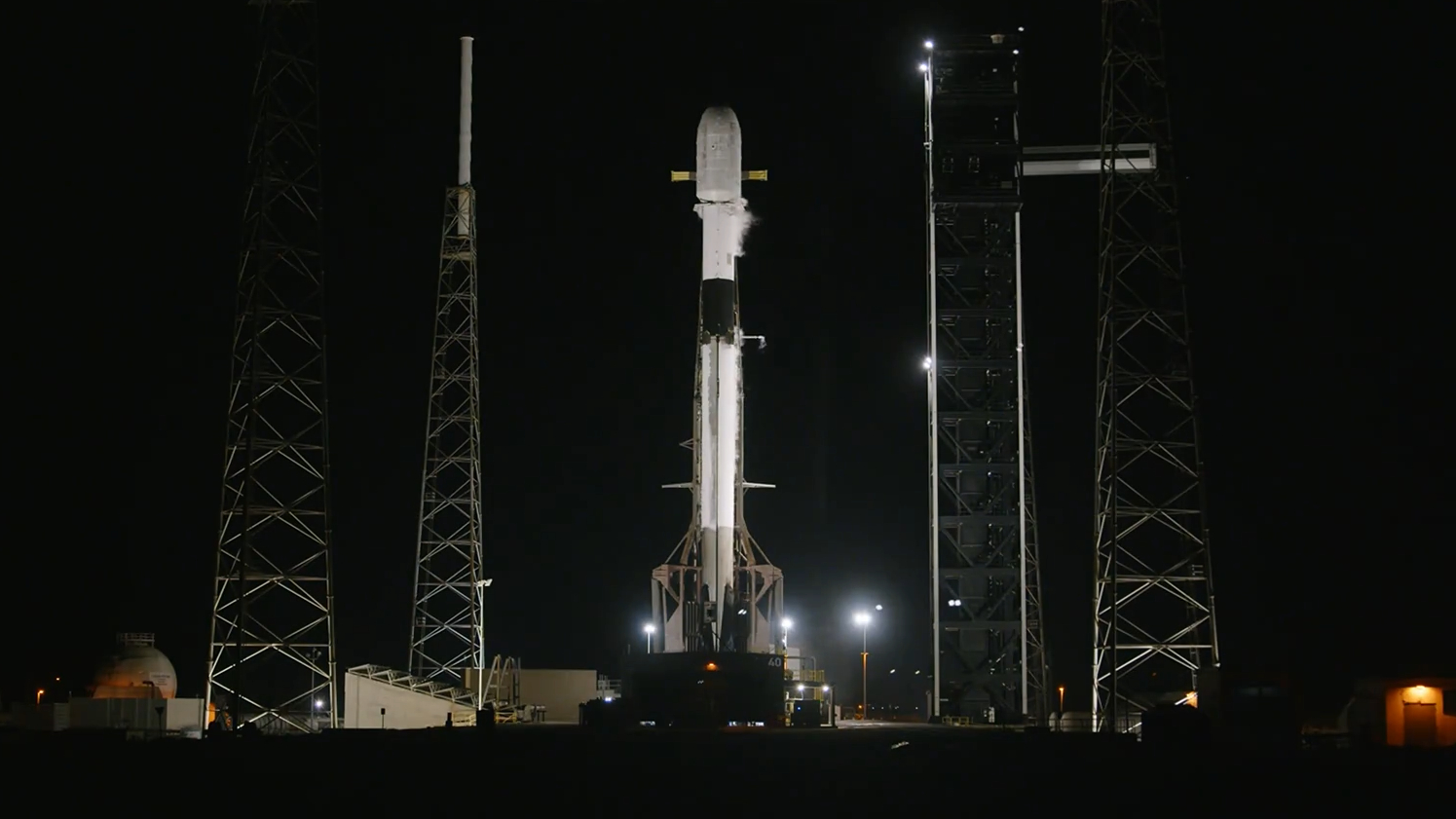Full moon calendar 2025: When to see the next full moon

When is the next full moon?
The next full moon will be on Wednesday, Nov. 5. It will officially reach its full moon phase at 8:19 a.m. EDT (1319 GMT), but local moonrise times vary depending on location. The moon will still appear full the night before and after its peak to the casual stargazer.

Want to see the moon up close? We recommend the Celestron StarSense Explorer DX 130AZ as the best for basic astrophotography in our best beginner's telescope guide.
Most of the time, the full moon isn't perfectly full. We always see the same side of the moon, but part of it is in shadow, due to the moon's rotation. Only when the moon, Earth and the sun are perfectly aligned is the moon 100% full.
And sometimes — once in a blue moon — the moon is full twice in a month (or four times in a season, depending on which definition you prefer).
If you want to know what you can see tonight check out our night sky live blog or if you want to plan further ahead our monthly skywatching guide highlights key targets for the month.
How to see the full moon
Fancy taking a more in-depth moonlit tour of our rocky companion? Our ultimate guide to observing the moon will help you plan your next skywatching venture whether it be exploring the lunar seas, mountainous terrain, or the many craters that blanket the landscape. You can also see where astronauts, rovers and landers have ventured with our Apollo landing sites observing guide.
You can prepare for the next full moon or eclipse with our guides on how to photograph the moon and how to photograph a lunar eclipse. If you need imaging gear, consider our best cameras for astrophotography and best lenses for astrophotography to ensure you're ready for your next skywatching venture.
If you're looking for binoculars or a telescope to observe the moon, check out our guides for the best binoculars and best telescopes.
Floating 3D Moon Night Light Lamp | RRP $239.97 | Now: $139.97
If you know someone who can't get enough of the moon, then they'll be delighted with this floating 3D lamp from encalife. Using magnetic levitation technology, the realistic globe will project "moonlight" as it floats and spins in mid-air. Comes in three color modes and wireless LED charging.
2025 full moon dates
This is when full moons will occur in 2025, according to NASA's SKYCAL
Breaking space news, the latest updates on rocket launches, skywatching events and more!
Date | Name | U.S. Eastern Time | GMT |
|---|---|---|---|
January 13 | Wolf Moon | 5:27 p.m. | 22:27 |
February 12 | Snow Moon | 8:53 a.m. | 13:53 |
March 14 | Worm Moon | 2:55 a.m. | 06:55 |
April 12 | Pink Moon | 8:22 p.m. | 00:22 (April 13) |
May 12 | Flower Moon | 12:56 p.m. | 16:56 |
June 11 | Strawberry Moon | 3:44 a.m. | 07:44 |
July 10 | Buck Moon | 4:37 p.m. | 20:37 |
August 9 | Sturgeon Moon | 3:55 a.m. | 07:55 |
September 7 | Corn Moon | 2:09 p.m. | 18:09 |
October 6 | Harvest Moon | 11:48 p.m. | 03:48 (Oct. 7) |
November 5 | Beaver Moon | 8:19 a.m. | 13:19 |
December 4 | Cold Moon | 6:14 p.m. | 23:14 |
Note: Local moonrise times will vary depending on your location.
The 2025 full moon names explained
Many cultures have given distinct names to each month's full moon. The names were applied to the entire month in which each occurred. The Farmer's Almanac lists several names that are commonly used in the United States. There are some variations in the moon names, but in general, the same ones were used among the Algonquin tribes from New England on west to Lake Superior. European settlers followed their own customs and created some of their own names.
Other Native American people had different names. In the book "This Day in North American Indian History" (Da Capo Press, 2002), author Phil Konstantin lists more than 50 native peoples and their names for full moons. He also lists them on his website, AmericanIndian.net.
Amateur astronomer Keith Cooley has a brief list of the moon names of other cultures, including Chinese and Celtic, on his website.
Chinese moon names:
Month | Name | Month | Name |
|---|---|---|---|
January | Holiday Moon | July | Hungry Ghost Moon |
February | Budding Moon | August | Harvest Moon |
March | Sleepy Moon | September | Chrysanthemum Moon |
April | Peony Moon | October | Kindly moon |
May | Dragon Moon | November | White Moon |
June | Lotus Moon | December | Bitter Moon |
Full moon names often correspond to seasonal markers, so a Harvest Moon occurs at the end of the growing season, in September or October, and the Cold Moon occurs in frosty December. At least, that's how it works in the Northern Hemisphere.
In the Southern Hemisphere, where the seasons are switched, the Harvest Moon occurs in March and the Cold Moon is in June. According to Earthsky.org, these are common names for full moons south of the equator.
January: Hay Moon, Buck Moon, Thunder Moon, Mead Moon
February (mid-summer): Grain Moon, Sturgeon Moon, Red Moon, Wyrt Moon, Corn Moon, Dog Moon, Barley Moon
March: Harvest Moon, Corn Moon
April: Harvest Moon, Hunter’s Moon, Blood Moon
May: Hunter’s Moon, Beaver Moon, Frost Moon
June: Oak Moon, Cold Moon, Long Night’s Moon
July: Wolf Moon, Old Moon, Ice Moon
August: Snow Moon, Storm Moon, Hunger Moon, Wolf Moon
September: Worm Moon, Lenten Moon, Crow Moon, Sugar Moon, Chaste Moon, Sap Moon
October: Egg Moon, Fish Moon, Seed Moon, Pink Moon, Waking Moon
November: Corn Moon, Milk Moon, Flower Moon, Hare Moon
December: Strawberry Moon, Honey Moon, Rose Moon
The phases of the moon explained
The moon is a sphere that travels once around Earth every 27.3 days. It also takes about 27 days for the moon to rotate on its axis. So, the moon always shows us the same face; there is no single "dark side" of the moon. As the moon revolves around Earth, it is illuminated from varying angles by the sun — what we see when we look at the moon is reflected sunlight. On average, the moon rises about 50 minutes later each day, which means sometimes it rises during daylight and other times at night.
There are four phases of the moon, new moon, first quarter moon, full moon and third quarter moon.
At new moon, the moon is between Earth and the sun, so that the side of the moon facing toward us receives no direct sunlight, and is lit only by dim sunlight reflected from Earth.
A few days later, as the moon moves around Earth, the side we can see gradually becomes more illuminated by direct sunlight. This thin sliver is called the waxing crescent.
A week after the new moon, the moon is 90 degrees away from the sun in the sky and is half-illuminated from our point of view — what we call first quarter because it is about a quarter of the way around Earth.
A few days later, the area of illumination continues to increase. More than half of the moon's face appears to be getting sunlight. This phase is called a waxing gibbous moon.
When the moon has moved 180 degrees from its new moon position, the sun, Earth and the moon form a line. The moon’s disk is as close as it can be to being fully illuminated by the sun, so this is called full moon.
Next, the moon moves until more than half of its face appears to be getting sunlight, but the amount is decreasing. This is the waning gibbous phase.
Days later, the moon has moved another quarter of the way around Earth, to the third quarter position. The sun's light is now shining on the other half of the visible face of the moon.
Next, the moon moves into the waning crescent phase as less than half of its face appears to be getting sunlight, and the amount is decreasing.
Finally, the moon moves back to its new moon starting position. Because the moon’s orbit is not exactly in the same plane as Earth’s orbit around the sun, they rarely are perfectly aligned. Usually the moon passes above or below the sun from our vantage point, but occasionally it passes right in front of the sun, and we get an eclipse of the sun.
Each full moon is calculated to occur at an exact moment, which may or may not be near the time the moon rises where you are. So when a full moon rises, it’s typically doing so some hours before or after the actual time when it’s technically full, but a casual skywatcher won’t notice the difference. In fact, the moon will often look roughly the same on two consecutive nights surrounding the full moon.
Lunar eclipses of 2025
Lunar eclipses are inextricably tied to the full moon. To find out where and when you can see the next lunar eclipse check out our lunar eclipse guide.
When the moon is in its full phase, it passes behind the Earth with respect to the sun and can pass through Earth's shadow, creating a lunar eclipse. When the moon is fully inside the Earth's shadow, we see a total lunar eclipse. At other times, the moon only partially passes through the Earth's shadow in what is known as a partial, or even penumbral lunar eclipse (when the moon only skirts through the outermost region of Earth's shadow).
There are two lunar eclipses in 2025: A total lunar eclipse on March 14 and a total lunar eclipse on Sept. 7.
Solar eclipses of 2025
When the moon is in its "new" phase, it passes between the Earth and the sun, so the side facing the Earth appears dark. To find out when and where you can see the next solar eclipse, check out our solar eclipse guide.
Occasionally, the moon's orbit lines up with the sun in such a way that part or all of the sun can be blocked by the moon, as viewed from Earth. When the moon completely blocks the sun's disk, we see a total solar eclipse during the day, which can be a truly awe-inspiring site. Other times, the moon can only partially block the sun in a partial solar eclipse.
The moon can even create a "ring of fire" solar eclipse when it passes directly in front of the sun, but is at a point in its orbit that is too far from Earth to fully cover the sun's disk. This leaves a ring, or "annulus," around the moon to create what is called an annular solar eclipse.
There are two partial solar eclipses in 2025, they will occur on March 29 and Sept. 21.
To keep up to date on all our solar eclipse coverage head to our solar eclipse live updates page.
More full moon and night sky resources
Join our Space Forums to keep talking space on the latest missions, night sky and more! And if you have a news tip, correction or comment, let us know at: community@space.com.

Tariq is the award-winning Editor-in-Chief of Space.com and joined the team in 2001. He covers human spaceflight, as well as skywatching and entertainment. He became Space.com's Editor-in-Chief in 2019. Before joining Space.com, Tariq was a staff reporter for The Los Angeles Times covering education and city beats in La Habra, Fullerton and Huntington Beach. He's a recipient of the 2022 Harry Kolcum Award for excellence in space reporting and the 2025 Space Pioneer Award from the National Space Society. He is an Eagle Scout and Space Camp alum with journalism degrees from the USC and NYU. You can find Tariq at Space.com and as the co-host to the This Week In Space podcast on the TWiT network. To see his latest project, you can follow Tariq on Twitter @tariqjmalik.
- Daisy DobrijevicReference Editor
You must confirm your public display name before commenting
Please logout and then login again, you will then be prompted to enter your display name.

